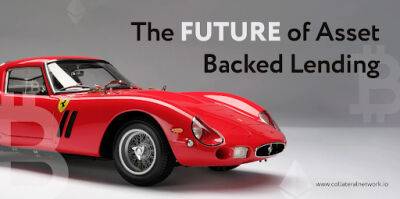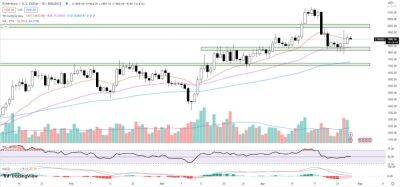Eurozone inflation falls sharply as energy prices drop
The eurozone’s annual inflation rate fell sharply in March as plunging energy prices eased pressure on the cost of living across the 20 countries that use the single currency.
Amid signs that upward pressure on prices is easing, the EU’s statistical agency Eurostat said the headline inflation rate dropped from 8.5% in February to 6.9% this month.
The fall was because of the sharp increase in gas prices after Russia’s invasion of Ukraine not being repeated this year. As a result, annual energy inflation dropped from 13.7% to -0.9%.
In contrast to falling gas prices, the cost of food continued to rise for eurozone consumers. Eurostat said food, tobacco and alcoholic drinks were 15.4% more expensive in March than a year earlier, compared with a 15% annual rise in February.
Core inflation – the cost of living excluding items such as fuel and food – rose slightly from 5.6% to a new record high of 5.7%.
Analysts said the European Central Bank was likely to pay more attention to core inflation than the headline measure of the cost of living, and would continue raising interest rates.
Bert Colijn, a senior economist for the eurozone at ING bank, said:“The potential for core inflation to remain stickier than hoped will be the main reason for the ECB to continue to hike in the near term.
“We expect another 0.25-point hike in May and another in June. As the inflation outlook is starting to look more benign, and recent banking turmoil serves as an illustration that aggressive hikes are not without cost, we expect a peak to be reached thereafter.”
Sign up to Business Today
Get set for the working day – we'll point you to all the business news and analysis you need every morning
after newsletter promotion
Inflation data for the UK for March has
Read more on theguardian.com















